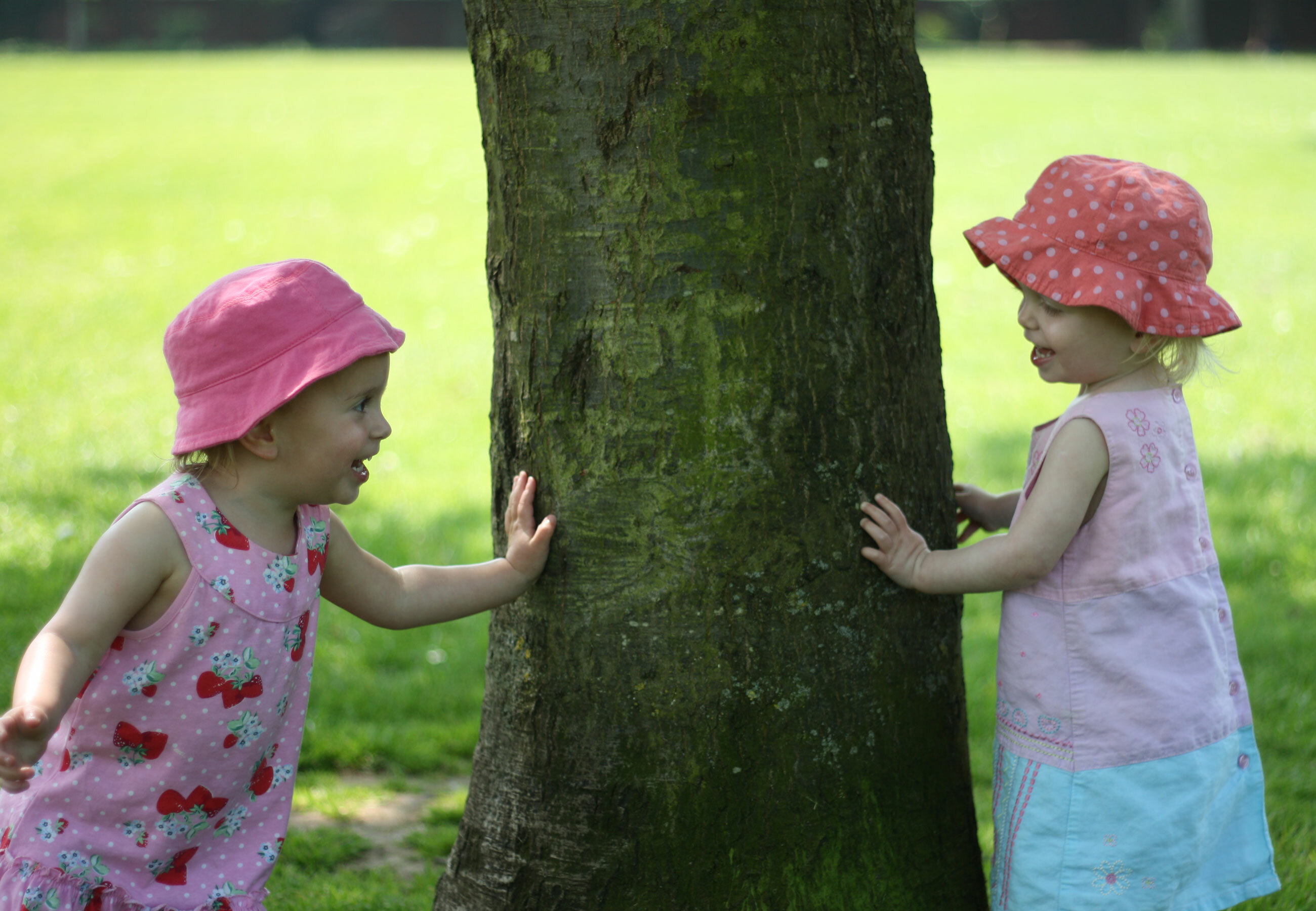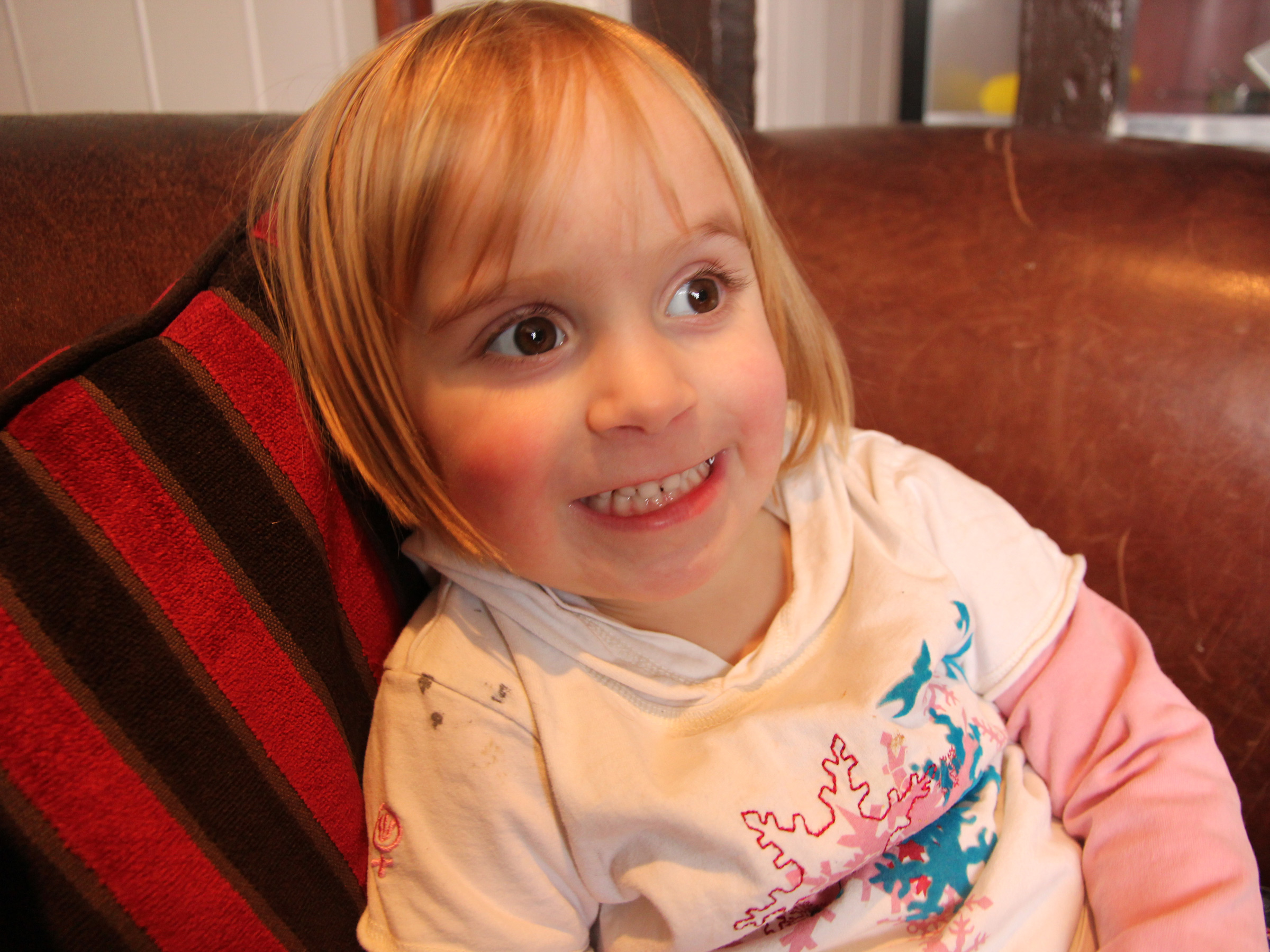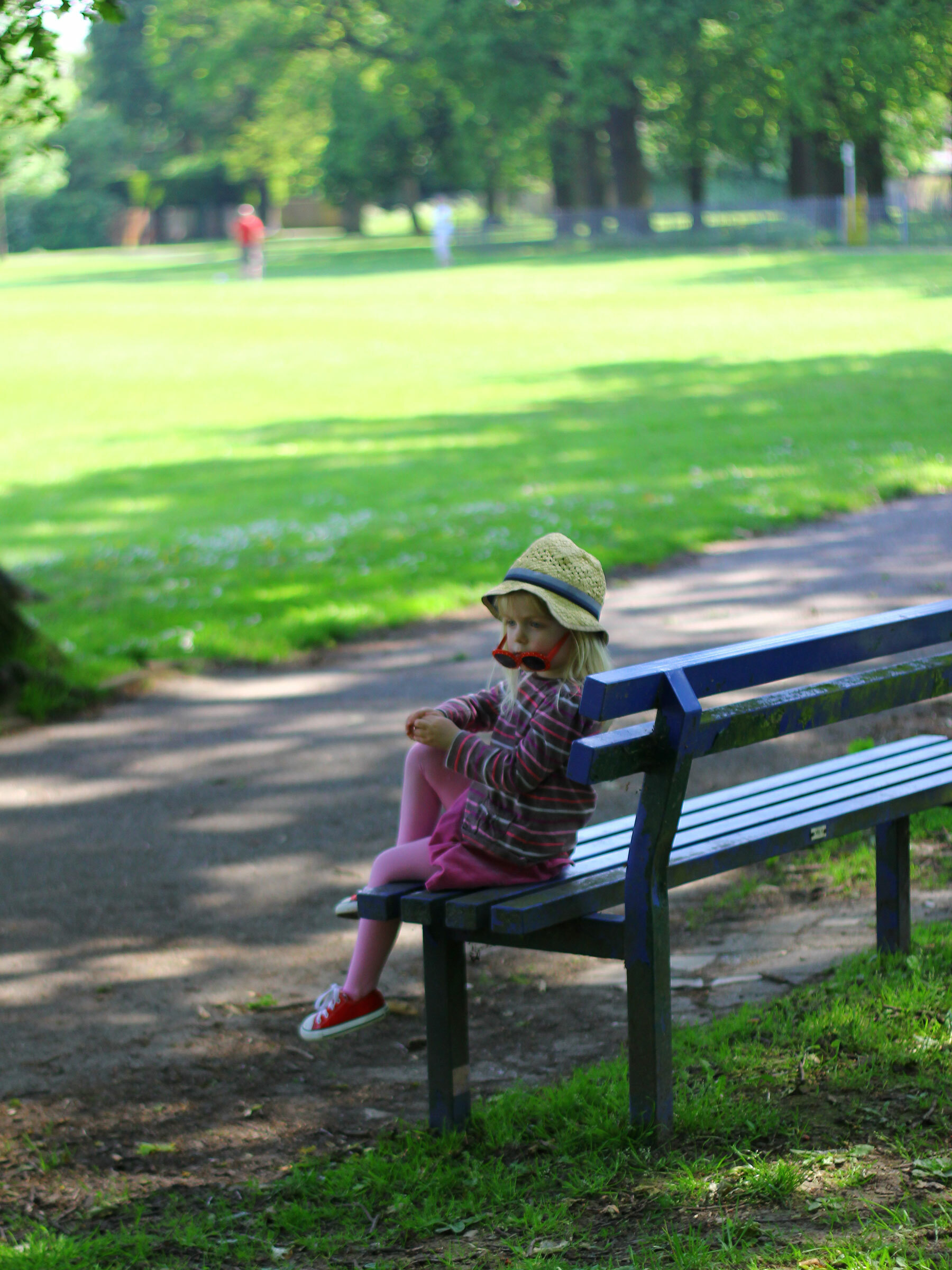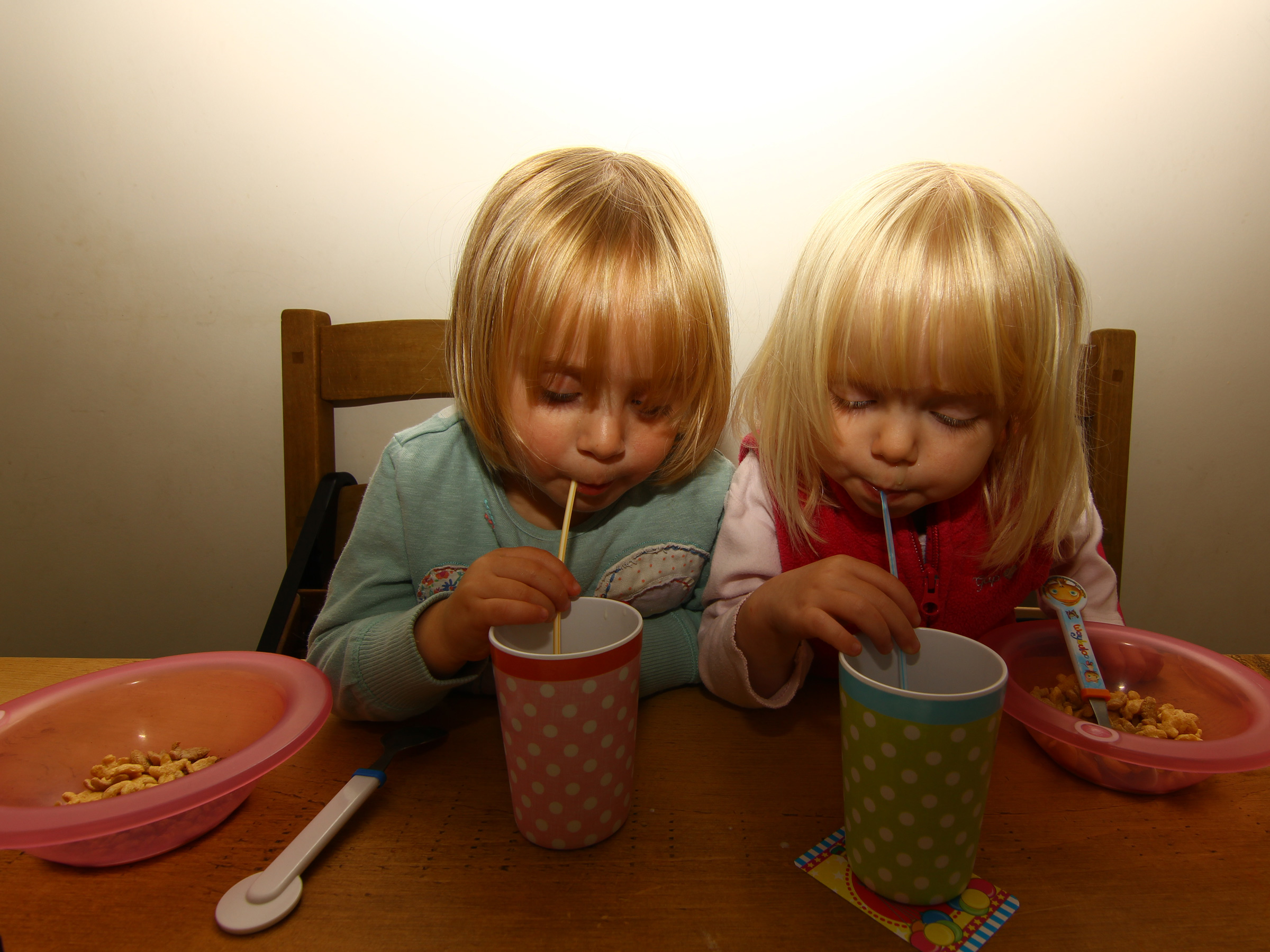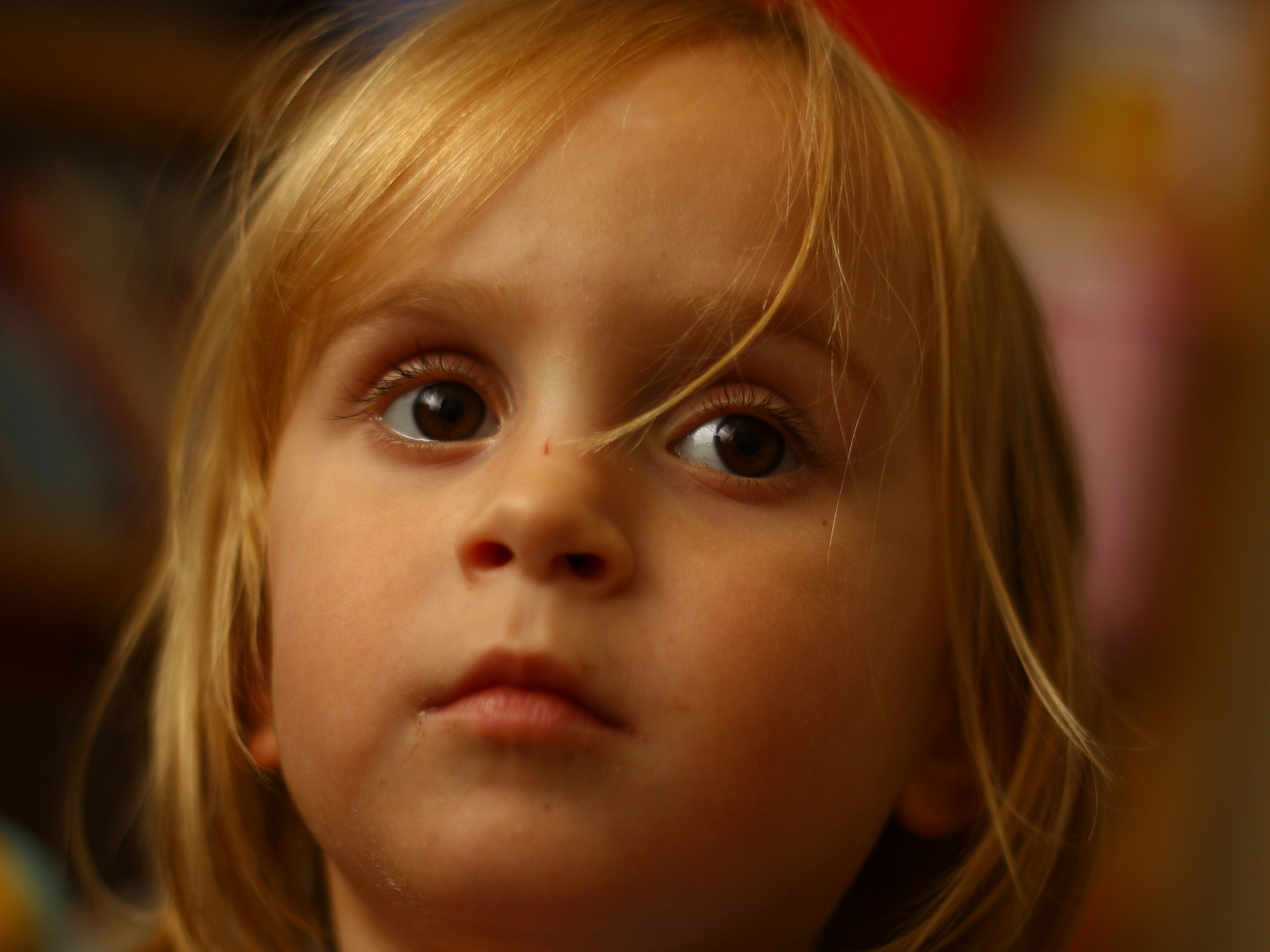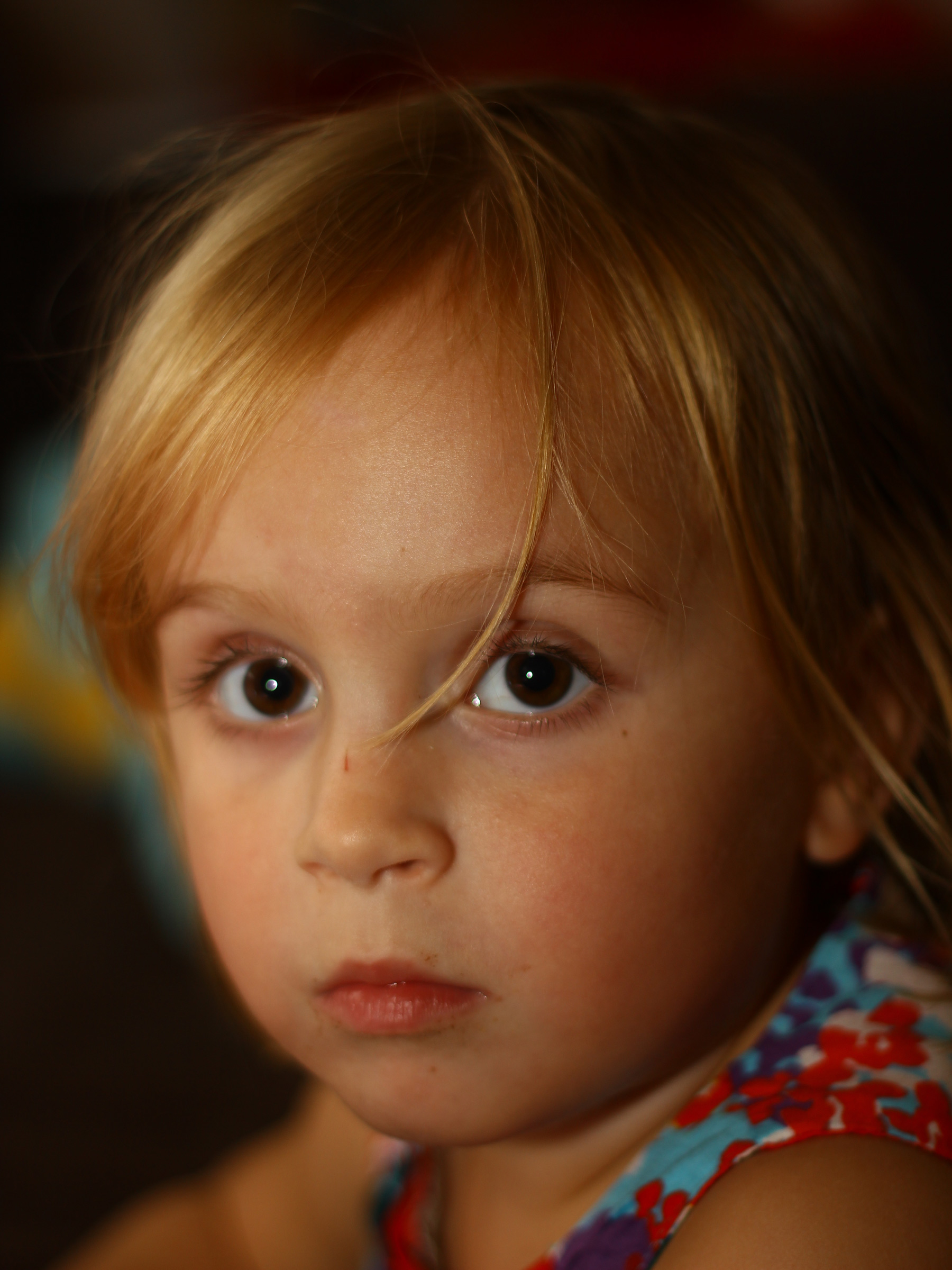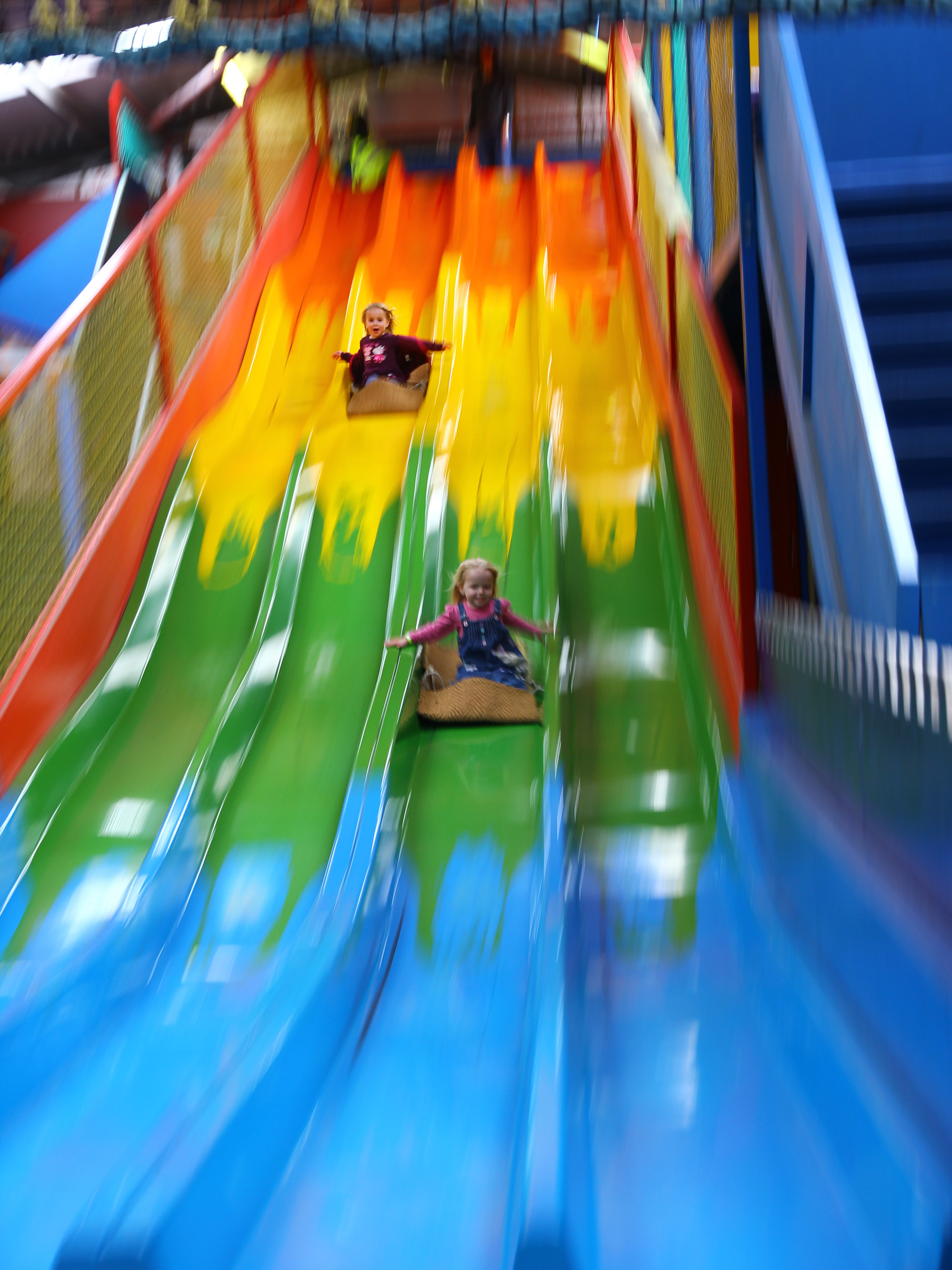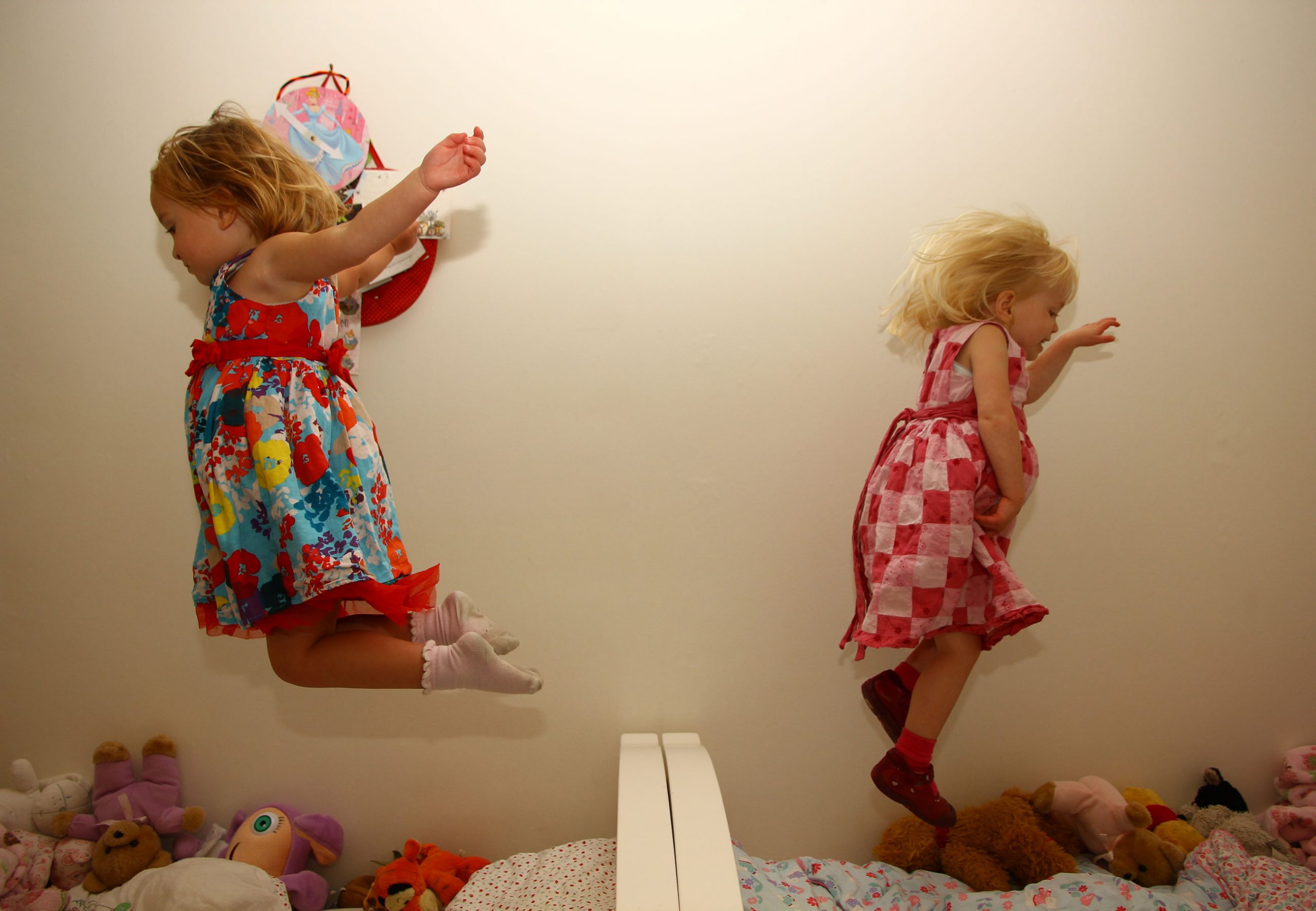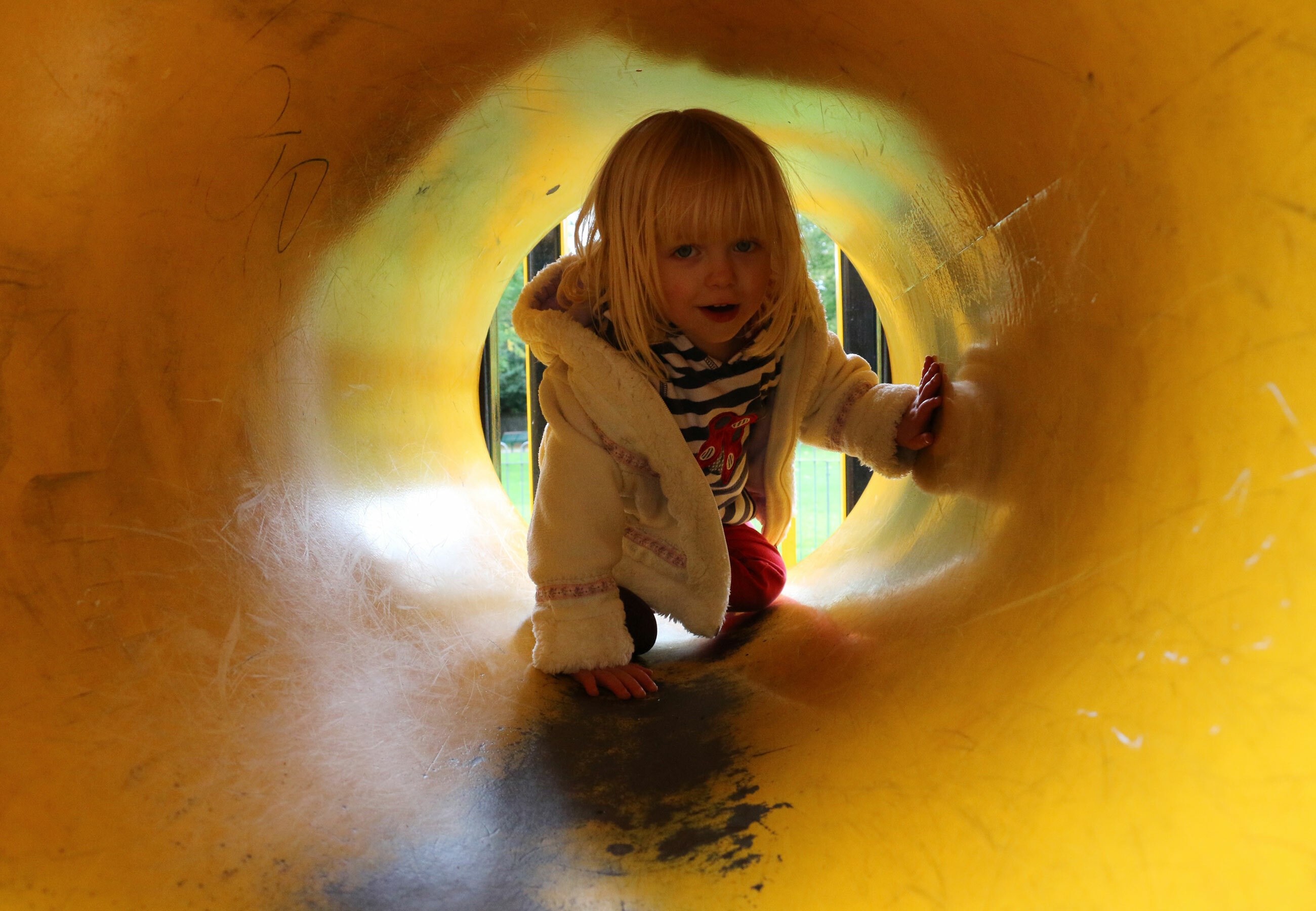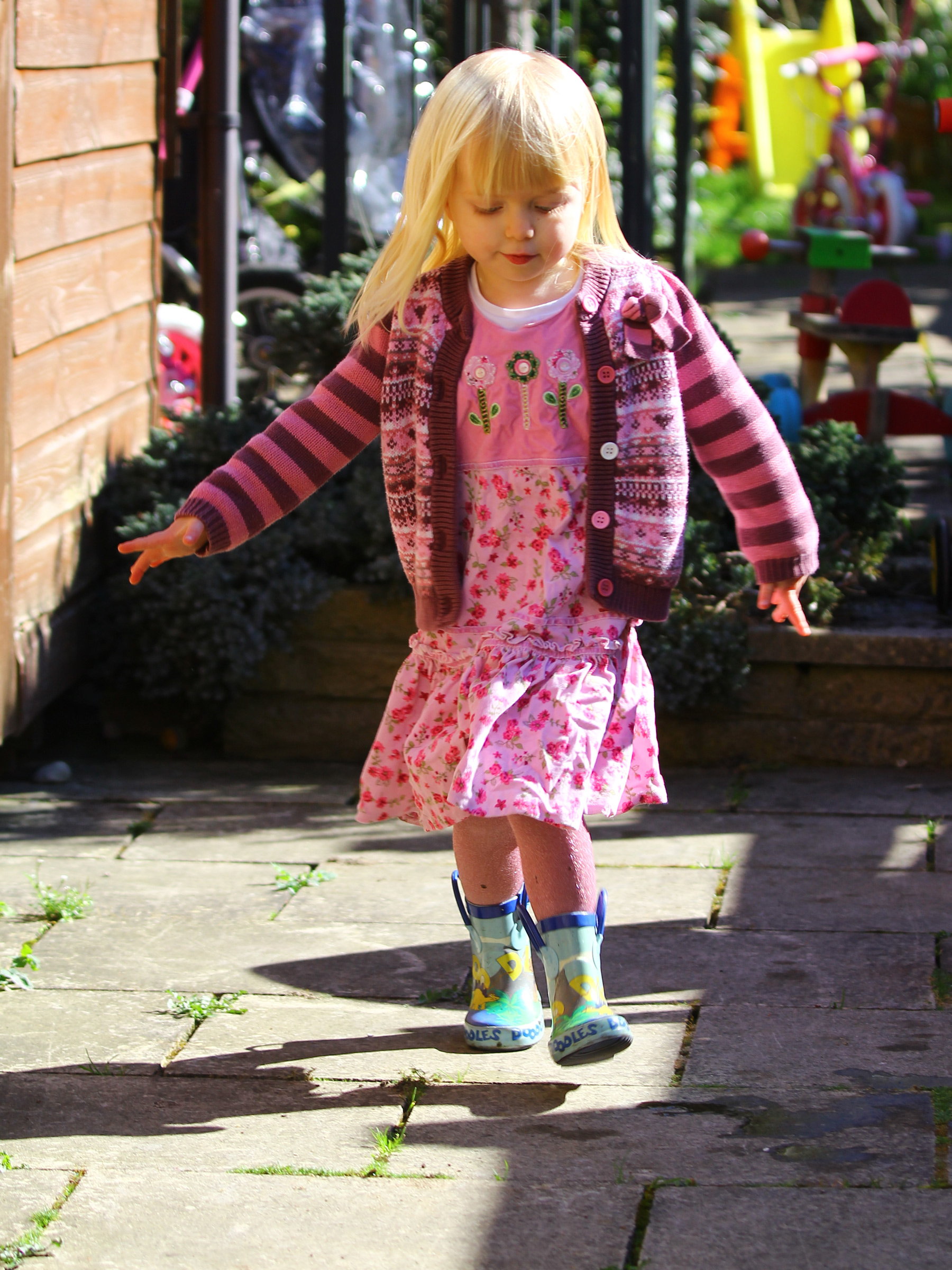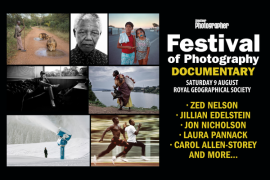Stuff’s Guide to Photography: How to take better photos of your kids
You spend enough time snapping photos of your darling children, so you might as well learn how to do it properly...
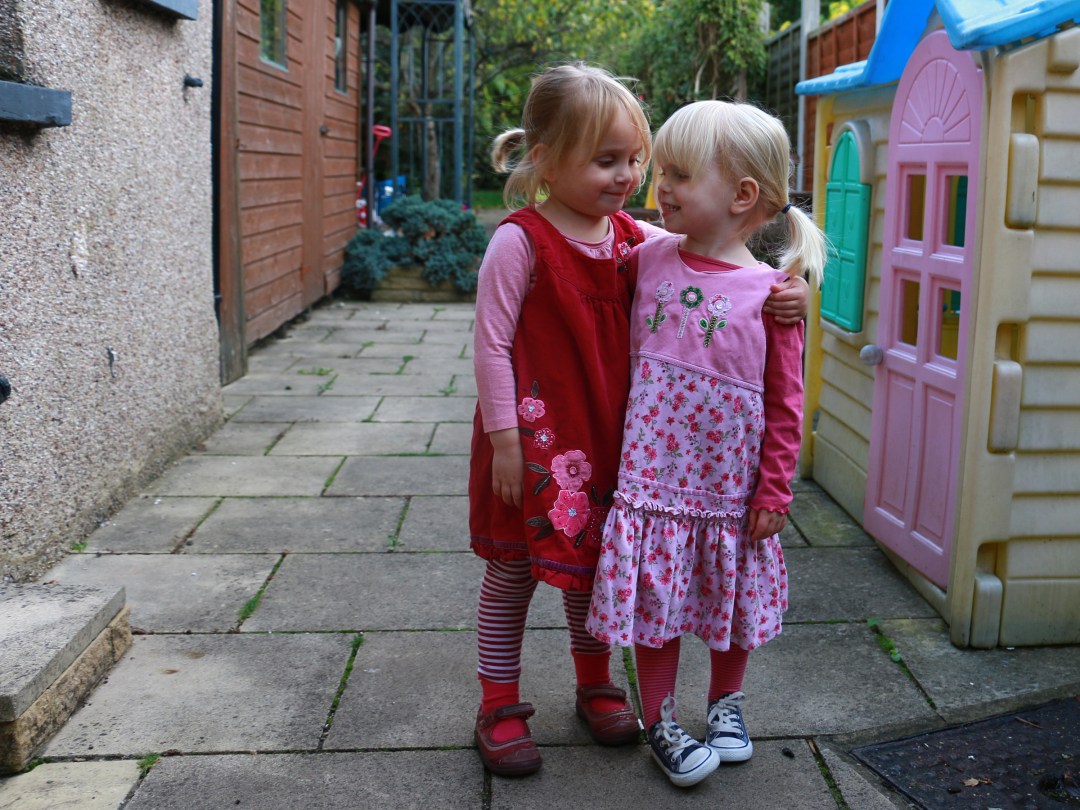
Parenthood changes you in myriad ways. It makes you fatter, poorer, more tired and less interesting. It makes you spend less time with your friends and more time at the doctors. And if you’re into photography, it gives you a fantastic new subject for pictures that people will actually clamour to see (well, if they’re family members they will).
In the first year of my twin daughters’ life, I took some 5000 photos of them. In the second, 6000, in the third 6000 and in the fourth (so far) 2000. That’s quite clearly ridiculous, but it does mean that I’ve learnt a lot about what works and what doesn’t. Mostly what doesn’t – because out of those 19,000 photos, only about 190 are any good.
And it’s not a simple matter of kit. Whether you’re using an 8MP smartphone or full-frame 36MP Sony A7R, technique and composition are more important. That said, a DSLR or system camera will generally give you more control over what you’re doing, so if you’re really into family photography it’s worth investing a few hundred quid on something from our list of the 10 best system cameras in the world right now. Better still, buy one before you have kids – trust me, you won’t be able to afford it once you’ve got them.
READ MORE: Stuff’s Guide to Photography: What is bokeh and how do I get it?
1. Ditch the cheese
Young children don’t understand posing. At the first hint of the word ‘cheese’, your kids will go into full-on gurn mode, pulling a face which makes them look as if they’ve contracted tetanus. So don’t bother trying for a formally posed shot.
Instead, capture them in natural poses. Playing with toys or other children; concentrating intently on some seemingly mundane task such as putting the lid on a felt tip; daydreaming about what it would be like to be a grape.
Whatever they’re doing, your photos will look better if they’re concentrating on that rather than on posing for you.
2. Blend into the background
Not always easy, but as with point no.1, if your kids know you’re taking photos of them, they’re likely to stop doing whatever it was that you wanted to take a photo of them doing and instead grin like a maniac.
Your best bet here is to use a camera with a long lens. This could be a travel cam such as the Sony Cyber-shot HX60V or a bridge cam like the Panasonic Lumix FZ200, but for the best results we’d always go for a DSLR or compact system camera teamed with a decent telephoto zoom such as a 70-200mm.
The other advantage to zooming in from far away is that a longer focal length is more flattering to the features. Stay close up and use a wide-angle lens and your child’s nose will appear elongated, their face will be stretched and they’ll end up looking like something painted by Picasso. A telephoto zoom shot from far away will instead compress their features slightly, which will generally make them looking even more adorable than you’re already convinced they are.
3. Focus on the eyes
The eyes are a draw in any portrait, but they’re even more important when photographing kids. Children have huge eyes in relation to their rest of their features and human adults have evolved to see this as cute rather than hideous and alien-esque. So you’ll want to make sure they’re both in focus.
That’s rarely a problem on a smartphone or compact camera, where the depth of field is generally such that most of your picture will be in focus. On a big-sensored camera, though, you’ll have to be more careful with your settings.
Choose aperture-priority mode, then set your aperture to about f5.6. You might be able to get away with a lower setting depending on how far you are from your child and what focal length you’re shooting with. As a guide, an 18-55mm kit lens zoomed to 55mm and shot from about 5ft away at f5.6 will give you a depth of field of about 6in. Use a 50mm prime lens at f1.8 and it’ll be about 2in.
The best bet is to take a test shot or two, then zoom in on the eyes just to make sure they’re both in focus, but after a while you get a feel for this kind of thing.
Next, ramp up the ISO high enough that you still get a fast shutter speed; kids are constantly moving, so you’ll want a shutter speed of at least 1/125, ideally more. ISO is less important – modern DSLRs can shoot at ridiculously high levels with minimal noise, and besides, a little noise is always preferable to blur or missed focus.
4. Master movement
As we just said, children never sit still unless they’re being told to get a move on. Traditionally, the way to deal with that is to freeze the action with a fast shutter speed. You might not have that option if you’re using a smartphone, but turn the flash on and it’ll have the same effect, freezing your child at the exact moment the flash goes off.
Alternatively, you can use their movement to creative effect. Set a slow shutter speed of maybe 1/13, a high aperture of at least f8 and ideally a low ISO, then snap away as they’re doing their thing. The key is to pan with them as they move – this should keep them sharp while the background will be blurred.
Using a tripod or camera/lens with image stabilisation can help here, as it will ensure that any blur is caused by the movement of your children rather than your alcohol-induced shaking. It works best when your kids are moving really quickly, such as on a rollercoaster or slide and can give your pictures a real drama. Or at least disguise your alcohol-induced shaking.
Finally, if you are looking to freeze motion, always set your camera to continuous mode if it has one. The more photos you take of them running/skipping/throwing gravel at another child, the more chance there is that one will capture that exact moment that you were after. For instance the one where they break into a broad grin as they realise that a piece of gravel is going to lodge in the other child’s eye.
5. Get a new perspective
Children are annoyingly short, which can be a real pain when you’re taking photos of them. Shoot from adult height and you’ll invariably end up with more hair than face, so you’ll want to crouch or kneel for best results.
Lying down can be even more dramatic, with your son or daughter presented in a perspective that most people will never have seen them in before. Alternatively, shoot them from above but in a way that makes their littleness the focus of the photo rather than just a byproduct.
Better still, get into their environment with them and make it part of the shot. If they’re in the middle of a big climbing frame, for instance, position yourself within it so that the bars are around the frame as well as around them – it’ll help give the viewer a feeling of having been there with the child.
READ MORE: Stuff’s Guide to Photography
